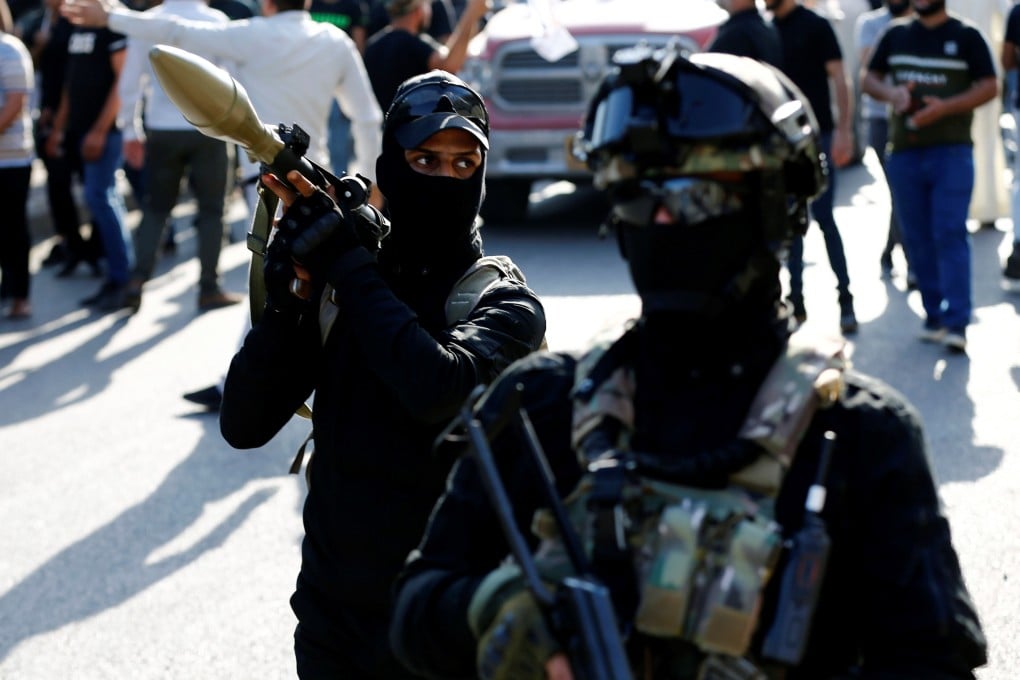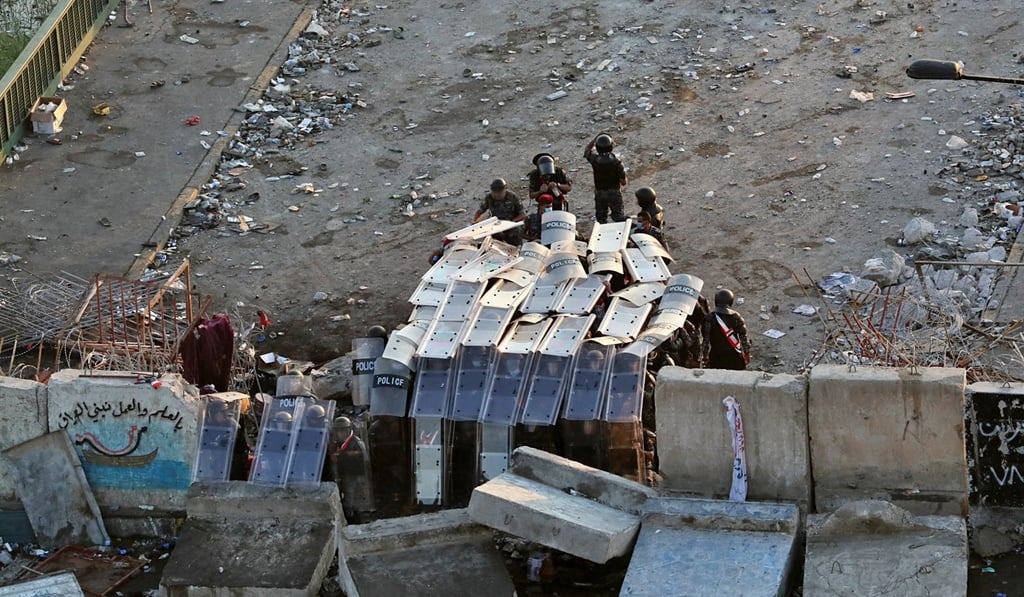Iraq’s PM orders deployment of elite counterterrorism troops after new protest bloodshed
- Protests have resumed in Iraq after a wave of anti-government protests earlier this month were violently put down
- At least 67 protesters killed in two days of anti-government rallies in the capital and southern cities

At least 67 Iraqis were killed and hundreds wounded in two days of protests over the weekend, as demonstrators clashed with security forces and militia groups in a second wave of protests against Prime Minister Adel Abdul Mahdi’s government this month.
Seeking to contain the spiralling violence, on Saturday night Abdul Mahdi ordered members of the country’s elite Counter-Terrorism Service (CTS) onto the streets of the capital Baghdad and the southern city of Nasiriya.
They were told to “use all necessary measures” to end the protests, security sources told Reuters.
Around midnight, CTS troops took over checkpoints in neighbourhoods surrounding Baghdad’s central Tahrir Square and began corralling protesters out. Security forces firing tear gas had earlier failed to clear the square of demonstrators.

In Nasiriya, CTS soldiers broke up demonstrations by beating and arresting dozens, police and security sources said.